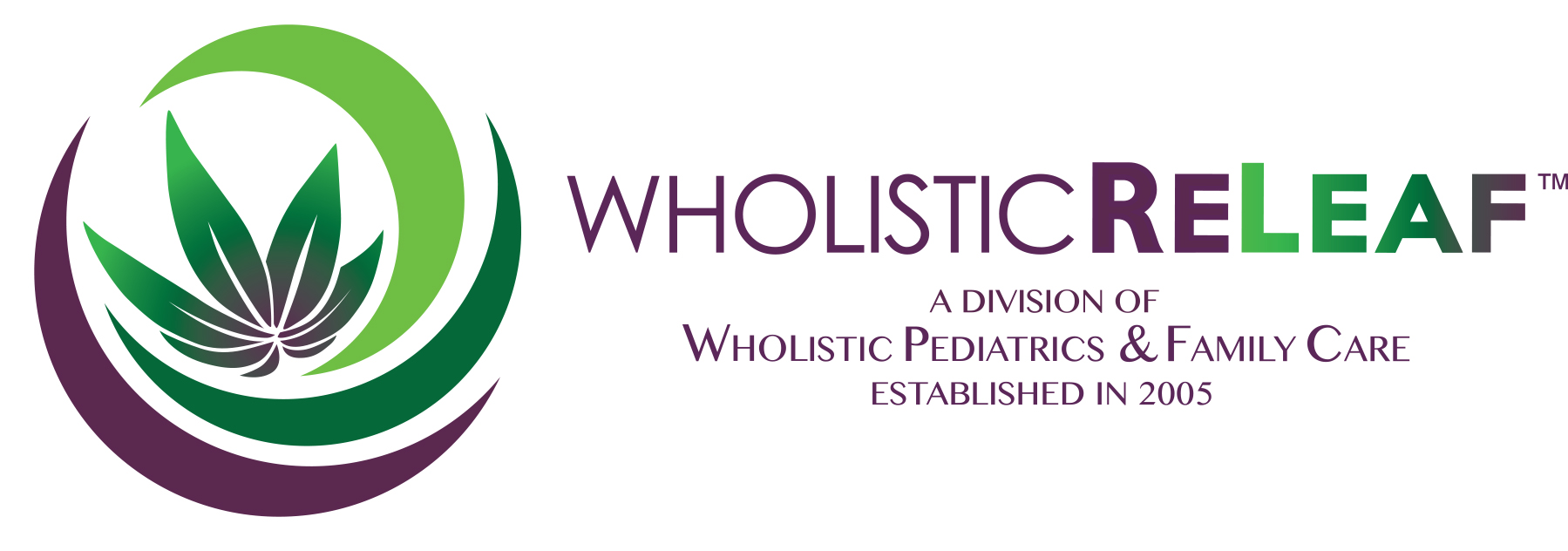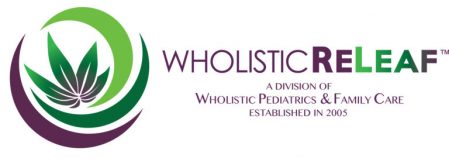Patsy Giarda, Pediatric Nurse Practitioner
Winter is winding down and spring is quickly approaching. Warmer weather and enjoying outdoor activities are two of the best things about spring. However, for those who suffer with seasonal environmental allergies, it can also bring the struggle of itchy or watery eyes, persistent runny nose, post-nasal drip, and/or nagging cough. Natural alternatives to help control these symptoms can be used to alone or in conjunction with prescription or over the counter allergy medications.
Studies show that consuming local, unprocessed, seasonal wildflower honey can serve as a helpful adjunct to controlling allergy symptoms. Allergy shots are a well-known method of treating allergies by administering slow, small repeated exposure to the allergen. Oral consumption of local, seasonal honey utilizes the same theory of small exposure to the allergens found in the local pollen. When bees pollinate flowers, they carry some of the pollen back to the hive where the honey is produced. Honey collected from the local hives contains the pollen of the surrounding areas that circulate in the air and can cause allergies.
Local wildflower honey should be harvested (the year before) in the same season your allergy symptoms typically flare up. Such honey contains the pollen that causes the increase of histamine which leads to allergy symptoms. Most flowers and plants pollinate at certain times of the year, which is the reason most people have allergy symptoms only during 1 or 2 seasons annually. If a person has allergies year-round, it is more likely something in the home environment, or a food.
Randomized controlled studies, such as the Honey Study, indicate that local, raw honey provides relief of seasonal environmental allergy symptoms comparable to antihistamines. Similarly, in the randomized controlled Birch Pollen Honey Study, subjects given birch pollen honey prior to birch pollen season had fewer and less significant allergies and used less antihistamines.
You can learn more by watching this Good Morning America segment in which Dr Rosen, a colleague of Dr Berger, discussed local, seasonal honey as a natural allergy remedy.
Although allergies can make you feel miserable we hope a “spoonful of honey” will help make this allergy season better for you and your family. Look for more allergy tips in our upcoming articles!
Local Wildflower Honey Protocol For Seasonal Allergies
*This protocol is intended for ages 1 year and up. Honey should NEVER be given to a child under 1 year old for concern of infantile botulism, a neuromuscular disorder caused by consuming the bacteria, clostridium botulinum. Children under 1 year old have immature digestive systems and are unable to handle the bacteria’s spores putting them at serious risk of contracting this illness. The bacteria in contaminated honey can lead to severe weakness of the muscles, decreased movement, trouble swallowing, and respiratory depression.
*Start by taking ¼ teaspoon of the local, seasonal, wildflower honey orally once daily. Increase the amount of honey by ¼ teaspoon every 2 days, working up to 1 tablespoon of honey per 50 lbs of the person’s weight. For example, a person weighing 100 lbs should work up to 2 tablespoons of honey daily. The dose can be divided throughout the day as desired. Continue to take the honey through the allergy season.
*If possible, the person consuming the honey should move the honey around the oral cavity for a few moments before swallowing, and try to delay drinking any liquids for a few minutes afterward.
Note: This information is not intended to replace consultation between a patient and medical provider. It is for general purposes only.


